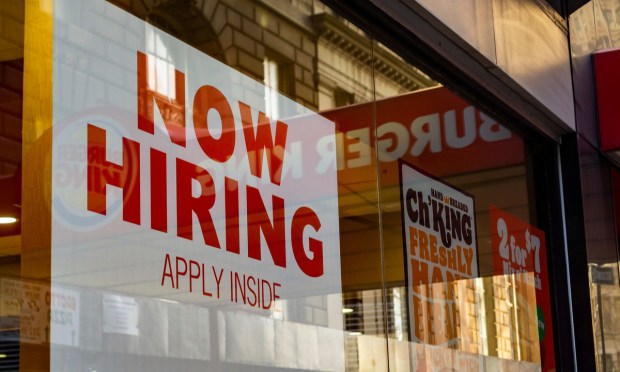Job Market Show Signs of Cooling as Worker Demand Dips

In the middle of scorching summer hot weather, the job market seems to be cooling.
American employers listed fewer job openings in June, a signal that demand for workers that had persisted for years had begun to abate a bit, according to figures from the Labor Department released Tuesday (Aug. 1).
Those figures showed job openings falling to 9.6 million in June, down somewhat from May but far lower than the 10.3 million in April and the lowest level in more than two years.
In addition, the data showed that the number of people quitting jobs in June dropped from 4.1 million to 3.8 million in an additional indicator of a slowing job market.
It’s good news for the Federal Reserve, which had hoped to slow hiring in an effort to ease pressure on businesses to raise pay, which in turn can help reduce inflation.
Earlier this summer, we noted that government data showed people’s work hours were decreasing, as was their take-home pay.
“Altogether, while jobless numbers seem to be inching up, the combined slowdown of hours and real earnings may be raising the rates of economic insecurity among consumers across the country,” PYMNTS wrote.
And many of these workers are looking for supplemental income to make ends meet, as illustrated in “New Reality Check: The Paycheck-to-Paycheck Report,” a collaboration between PYMNTS and LendingClub.
Close to one-quarter of surveyed consumers reported having a side job to help pay their bills, with the highest age demographics living this way being millennials (37%) and Generation Z (36%). It could be no coincidence that these are the two age groups also with highest rates of living paycheck to paycheck, at 73% and 66%, respectively.
Job openings are still well above pre-pandemic levels. And last month brought reports unemployment rates were at or within 0.1 percentage points of their record lows in half the states in the U.S.
“The strength of the job market has both confounded economists and bolstered hope the U.S. economy may ultimately be able to skirt a recession despite a rapid increase in interest rates,” a report by Bloomberg News said. “And while there are cracks beginning to form — as evident in certain states like California — the broader picture remains one of resilience.”
California’s unemployment rate stood at 0.7 percentage point higher than it was a year ago, now at 4.6%, after seeing a disproportionate share of job losses in the tech sector.

